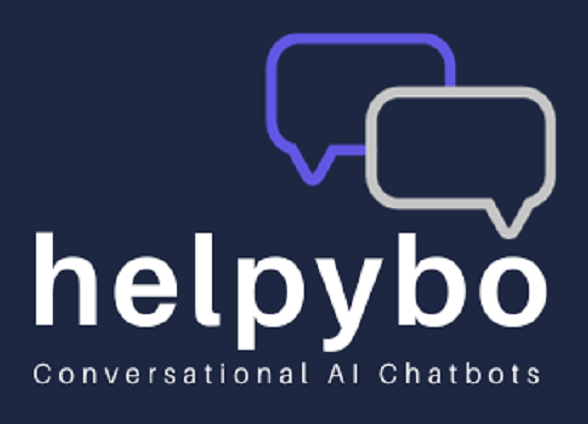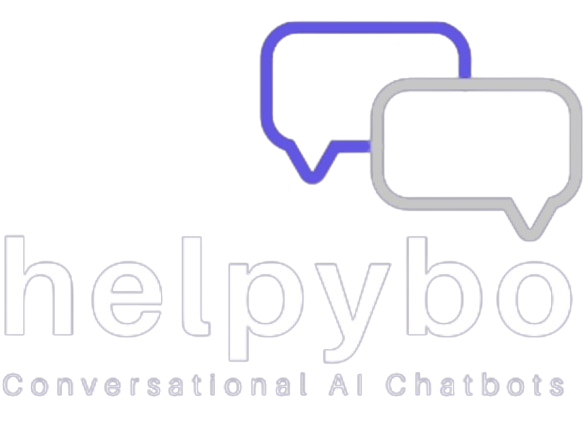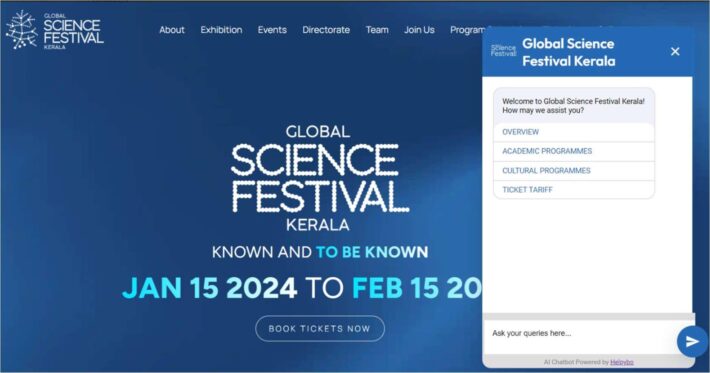
Introduction
The SC ST Department of Kerala is a vital government agency dedicated to supporting Scheduled Caste (SC) and Scheduled Tribe (ST) communities. Its primary mission is to improve the socio-economic conditions of these communities by offering over 100 welfare schemes, covering areas such as education, healthcare, housing, and social welfare. However, the department faced a major challenge: effectively disseminating information about these numerous welfare programs to a diverse and widely dispersed beneficiary population.
The beneficiaries of the SC ST Department come from various regions and linguistic backgrounds, and many of them have limited literacy or access to technology. As a result, they often struggle to understand or access the welfare schemes available to them. The department needed an innovative solution to streamline communication, increase awareness, and provide support in multiple languages. This case study explores how the implementation of the Helpybo AI chatbot addressed these challenges and transformed the way the SC ST Department connected with its beneficiaries
Challenges
Information Overload
The SC ST Department manages more than 100 different welfare schemes, each with its own set of eligibility requirements, application procedures, and deadlines. These schemes span several domains, including education, healthcare, housing assistance, and social welfare. Communicating this vast amount of information to the beneficiaries in a clear and accessible manner was a significant challenge. Many beneficiaries were either unaware of the schemes they were eligible for or found it difficult to navigate the complex information about how to apply.
Limited Outreach
The SC ST Department’s beneficiaries are spread across geographically diverse regions, including rural and remote areas, where access to government offices and information can be limited. Moreover, the varying levels of literacy among the beneficiaries, coupled with limited digital literacy, further complicated outreach efforts. Traditional methods of communication, such as brochures, posters, and staff-driven outreach, were not enough to ensure that all beneficiaries could access the information they needed. The department needed an innovative approach to reach these scattered and diverse populations.
Multilingual Population
The linguistic diversity of the SC and ST communities in Kerala posed another significant challenge. Beneficiaries spoke a variety of languages, including Malayalam, Tamil, and other regional languages. Communicating important information in a language that each beneficiary could understand was essential for the successful implementation of the welfare schemes. However, providing multilingual support through human staff was not feasible due to resource constraints
Solution: Helpybo AI Chatbot
To overcome these challenges, the SC ST Department implemented the Helpybo AI chatbot, an advanced artificial intelligence solution designed to simplify communication and provide real-time information access for beneficiaries. This innovative technology helped the department streamline its operations and reach more beneficiaries effectively.
- 24/7 Multilingual Support
One of the most transformative features of the Helpybo AI chatbot was its ability to offer 24/7 multilingual support. Powered by GPT-3.5 and AI for Bharath, the chatbot could communicate fluently in Malayalam and other Indian languages, ensuring that beneficiaries could access information in their preferred language. This real-time, round-the-clock support allowed beneficiaries to get answers to their questions at any time, without having to wait for departmental staff. It also made information more accessible for those living in remote areas, where visiting government offices might not be practical. - Comprehensive Scheme Information
The chatbot was pre-loaded with detailed information about all the welfare schemes offered by the SC ST Department. It provided answers to questions about eligibility criteria, application processes, deadlines, and contact details. Beneficiaries could easily retrieve relevant information about any scheme by simply interacting with the chatbot, which reduced their reliance on departmental staff for routine inquiries. This not only empowered beneficiaries to make more informed decisions but also made the information more readily available, increasing the chances of beneficiaries applying for and benefiting from these schemes. - Conversational User Interface
The Helpybo AI chatbot featured a user-friendly conversational interface, which allowed it to engage in natural language conversations with beneficiaries. This was particularly beneficial for individuals with low literacy levels or those unfamiliar with navigating digital platforms. The chatbot’s ability to interact in a conversational manner, mimicking human dialogue, simplified the process of retrieving information. Beneficiaries could ask questions in their own words and receive instant, understandable answers. This significantly reduced barriers to accessing critical welfare information

Impact
- Enhanced Beneficiary Experience
The introduction of the Helpybo AI chatbot dramatically improved the overall experience for beneficiaries. For the first time, beneficiaries had access to a reliable, multilingual, 24/7 information source that could guide them through the various welfare schemes offered by the department. The chatbot’s real-time responses allowed beneficiaries to independently explore their options and apply for relevant programs without needing to visit government offices or depend on staff members for basic inquiries. This independence accelerated the application process and reduced frustrations for beneficiaries. - Increased Scheme Awareness
The chatbot’s availability around the clock, combined with its ability to communicate in multiple languages, significantly increased awareness of the welfare schemes. Beneficiaries who previously might not have known about the programs available to them were now able to access this information effortlessly. The chatbot provided clear, easy-to-understand information, which improved the visibility of the department’s schemes across communities, including those in rural and underserved areas. The multilingual support also ensured that language was no longer a barrier to accessing welfare benefits. - Improved Staff Efficiency
With the Helpybo AI chatbot handling a large portion of routine inquiries, the SC ST Department’s staff experienced a significant reduction in their workload. Departmental staff could now focus on more complex tasks, such as resolving individual issues or processing applications, rather than answering repetitive questions about scheme eligibility or deadlines. The chatbot’s efficiency also sped up overall operations, allowing beneficiaries to get the support they needed more quickly, which in turn improved the department’s service delivery. - Cost-Effective Solution
The implementation of the chatbot proved to be a cost-effective solution for the SC ST Department. By automating routine inquiries and providing real-time information, the chatbot reduced the need for additional staff and resources that would have been required to handle such a large volume of inquiries manually. This allowed the department to optimize its resource allocation, making better use of its budget while still providing a high level of service to beneficiaries
Conclusion
The Helpybo AI chatbot was a game-changer for the SC ST Department of Kerala, revolutionizing the way the department interacted with its beneficiaries. By providing real-time, multilingual support and making comprehensive scheme information easily accessible, the chatbot empowered beneficiaries and streamlined departmental operations. The success of this implementation highlights the potential of AI-driven solutions to transform public service delivery, particularly in government departments that manage a wide range of welfare programs.
The chatbot’s ability to handle complex inquiries, provide real-time responses, and operate in multiple languages makes it an ideal tool for other government agencies, such as social welfare, public health, and education departments, that face similar challenges in reaching and supporting their beneficiaries. The success story of the Helpybo AI chatbot at the SC ST Department is a testament to how technology can bridge the gap between government services and the communities they serve




